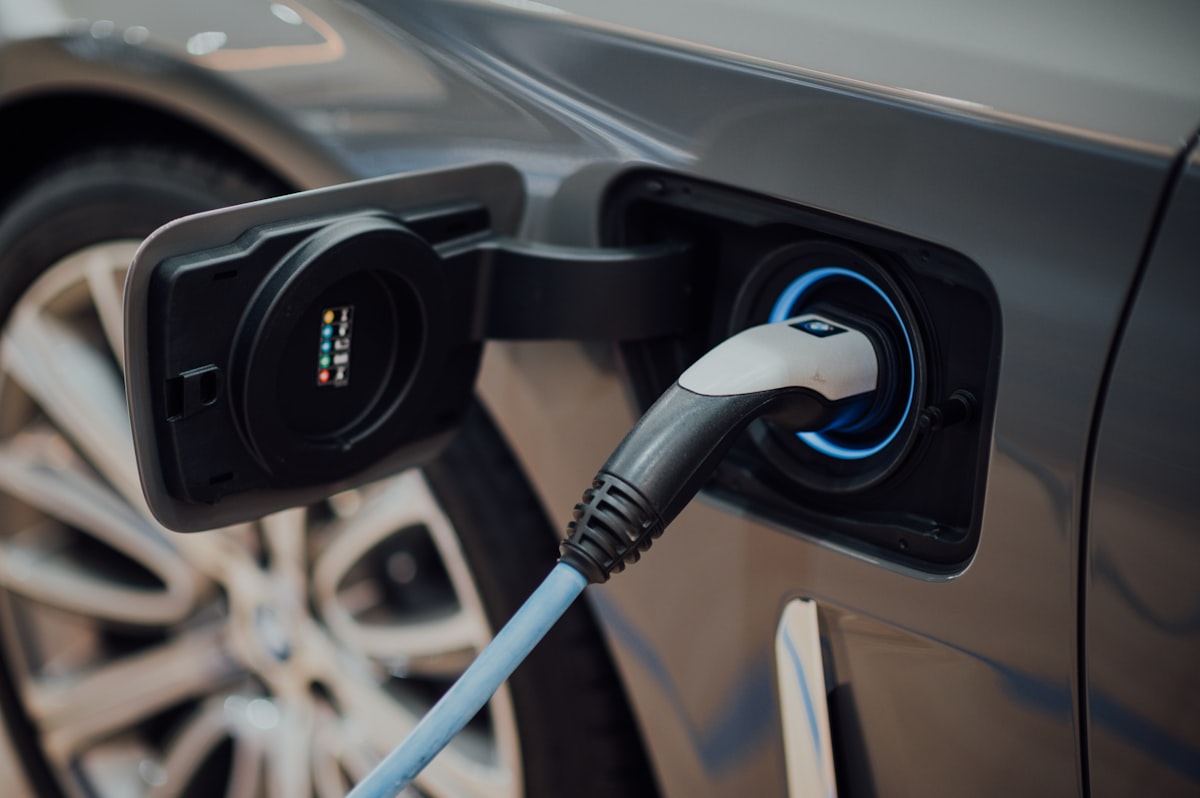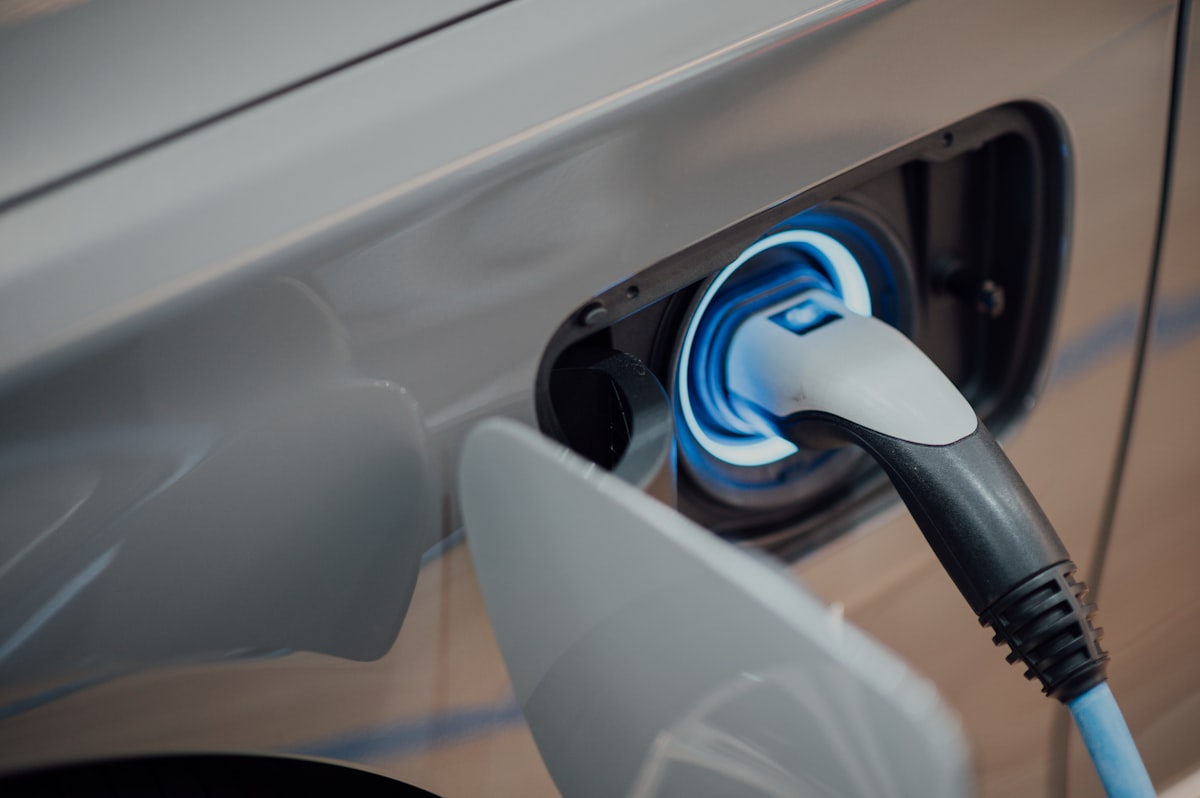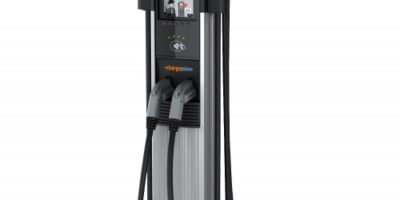Understanding EV Charging Levels for Your Home
Electric vehicles (EVs) are becoming increasingly popular. More drivers are considering the switch from traditional gasoline to electric power. To make this transition as smooth as possible, understanding EV charging levels for your home is crucial.
Level 1 Charging
Level 1 charging is the most basic way to charge an EV. This method uses a standard 120-volt household outlet. It doesn’t require any special installation. Simply plug in your vehicle using the charging cable that comes with it.

Level 1 provides about 4-5 miles of range per hour of charging. For most people, this means an overnight charge can replenish around 40-50 miles of range. This is sufficient for those with light driving needs. However, it’s quite slow compared to other options.
Level 1 charging is best for:
- Drivers with low daily mileage needs.
- People who can charge their vehicle for long periods.
- Situations where there’s no access to a Level 2 charger.
Level 2 Charging
Level 2 charging requires a 240-volt outlet. This is the same type of electrical outlet used for large appliances like dryers or electric stoves. Installing a Level 2 charger at home usually requires a visit from an electrician, but it significantly increases charging speed.
Level 2 chargers provide 10-60 miles of range per hour of charging, depending on the vehicle and charger specifications. This is much faster than Level 1 and more convenient for daily high-mileage drivers.
Level 2 charging is ideal for:
- People who drive long distances daily.
- Homes where a quick overnight charge is necessary.
- Situations where multiple EVs need charging.
Costs and Considerations
Choosing between Level 1 and Level 2 charging involves considering both cost and convenience. Level 1 charging involves little to no initial expense, using existing outlets. The main cost is the electricity used to charge the vehicle.
Level 2 charging involves more upfront costs. This includes the price of the charging unit, which ranges from a few hundred to over a thousand dollars, and the cost of professional installation. However, the time saved might be worth the investment for many drivers.
Additionally, some utility companies offer rebates or incentives for installing Level 2 chargers. Checking with your local provider could reduce these costs.
Installation Tips
Before installing a Level 2 charger, check your home’s electrical capacity. You may need to upgrade your electrical panel to handle the additional load. This is particularly important in older homes with less robust electrical systems.
Choose the right spot for your charger. Consider where you park the car most frequently. The charger should be easily accessible without obstructing walkways or creating hazards.
A licensed electrician will ensure the installation meets all safety and code requirements. Skipping this step can lead to hazardous conditions and potential legal issues.
Smart Chargers
Smart chargers are becoming more popular. They offer additional features beyond basic charging. These chargers connect to your home Wi-Fi and can be controlled via a smartphone app.
Smart chargers provide useful features such as:
- Scheduling charging times to take advantage of off-peak electricity rates.
- Monitoring energy use and costs.
- Receiving updates and notifications about charging status.
Electrical Grid and Sustainability
Charging your EV at home isn’t just about convenience. It has broader implications for the electrical grid and sustainability. Charging during off-peak hours helps balance the demand on the grid, making it more efficient.

Using renewable energy sources like solar panels can make EV charging even more eco-friendly. Some EV owners install home solar systems to generate their own electricity. This reduces their carbon footprint and energy costs.
Public and Workplace Charging
While home charging is convenient, public and workplace chargers provide additional flexibility. Knowing where these chargers are located can help plan longer trips and avoid running out of battery.
Many workplaces offer Level 2 chargers for employees. Combining home charging with workplace charging can cover most daily driving needs without extra trips to public stations.
Future Trends
The future of EV charging is likely to bring even more options and advancements. Wireless charging, ultra-fast chargers, and advancements in battery technology could make home charging faster and more efficient.
Staying informed about the latest developments can help you make the best decisions for your EV charging needs. Embrace the change, and enjoy the benefits of driving an electric vehicle.
“`
Recommended EV Accessories
NOCO GENIUS10 Smart Charger – $79.95
Advanced battery maintainer and charger.
EV Charging Station Guide
Navigate the EV charging landscape.
As an Amazon Associate, we earn from qualifying purchases.




Subscribe for Updates
Get the latest articles delivered to your inbox.
We respect your privacy. Unsubscribe anytime.